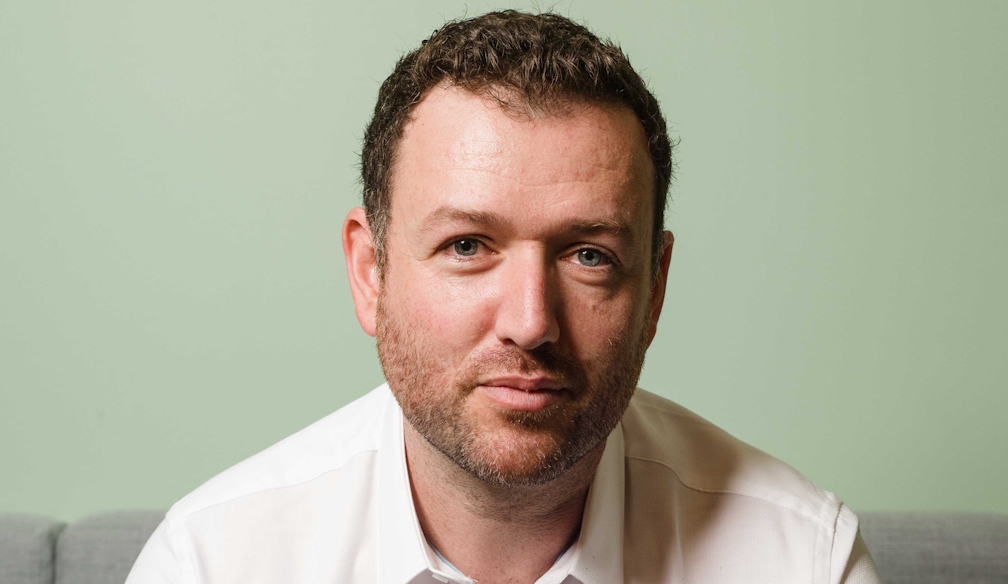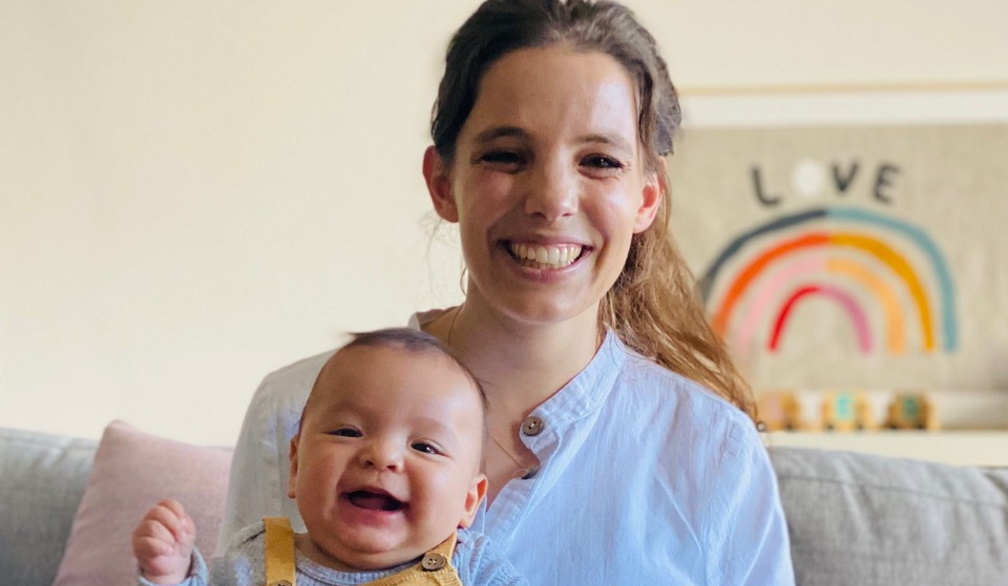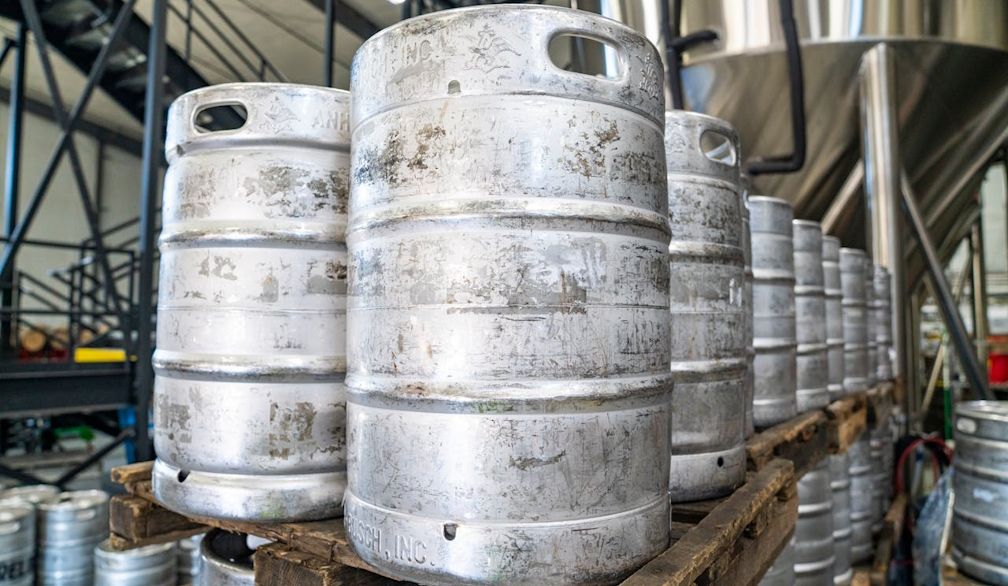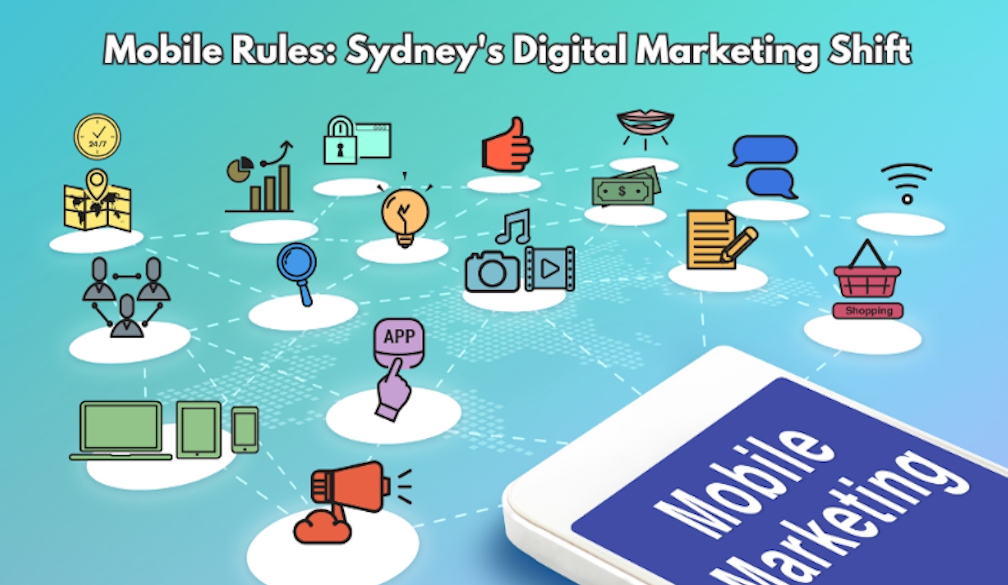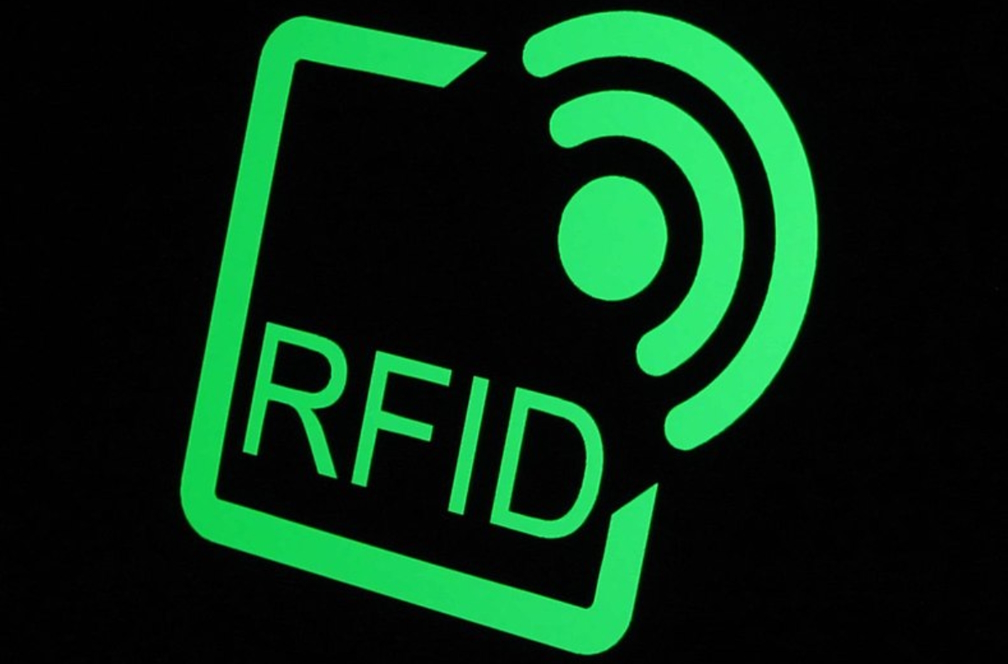Early childhood educators are not ‘babysitters’. What do their jobs really involve?
- Written by Victoria Minson, Lecturer and Bachelor of Early Childhood Education (Birth to Five Years) (Accelerated) Course Coordinator, Australian Catholic University
There is a new push to make early education and care more affordable[1] for Australian families. The Productivity Commission is due to hand a major report to the federal government at the end of June on how to give all children under five access to three days of early education a week.
But as the draft report notes[2], this goal “cannot be achieved” without addressing the critical need for more early childhood teachers and educators. At the moment, the sector is hampered by “relatively low pay and unattractive working conditions”.
The Fair Work Commission is examining the pay[3] for early childhood workers, with hopes of a pay rise in the next 12 months.
But on top of not paying early childhood staff enough, research suggests we do not value[4] the important work they do. The families who rely on early childhood education and care services will likely know the people who do this work are skilled and hardworking. Yet childhood education is often misrepresented as just “babysitting[5]”.
What do early childhood workers do and what are the different qualifications and roles?
Early education is not just ‘care’
Despite 90% of the brain developing during the first five years[6], there is a persistent belief[7] children do not start their “real” learning until they go to school.
But early education in the form of long daycare or preschool/kinder helps provide the necessary building blocks to help a child get ready for school.
Play (both initiated by children and their teachers[8]) has a huge role[9] in young children’s development[10]. It helps to build motor, social, literacy and numeracy skills.
Huge demand for staff
On top of the Productivity Commission’s work, most Australian states and territories are already rolling out free kindergarten or preschool[11] for three and four-year-olds. This is fuelling huge demand for both early childhood teachers and educators, in an already stretched sector.
For example, the Victorian changes alone will create more than 11,000 new jobs[12].
At the same time, about one third of Australian families lie in “childcare deserts[13]”, where there are more than three children per available long daycare place .
Who works in early education?
In your child’s preschool, kinder or long day care centre you will find early childhood teachers and early childhood educators.
The two work together, but there are differences[14] in their training, education and job requirements.
Early childhood teachers
If your child attends a preschool or kinder or does a preschool program within a long daycare centre, this will be led by an early childhood teacher. This is a federal government requirement[15].
Early childhood teachers need a university qualification. Undergraduate degrees take between three and four years, depending on what prior study has been done. But there are accelerated programs[16] which take 18 months to two years. Postgraduate qualifications (for those who have an undergraduate degree in another area) take one or two years.
Like primary and secondary teachers, early childhood teachers’ study topics including child development, numeracy, literacy, children’s literature, humanities, STEM, Aboriginal and Torres Strait Islander Knowledges and Cultures, the arts and how to teach. They also complete work placements in different early childhood services.
This provides them with specialist knowledge[17] of child development and how to foster children’s wellbeing.
Early childhood educators
If your child attends a long daycare centre, many of the people working there will be early childhood educators. This includes room leaders as well as other staff.
They may also work in a preschool or kinder if there is also an early childhood teacher.
Early childhood educators either need a Certificate III or diploma in early childhood education and care. These courses are usually completed at TAFE or a vocational institution and can take between six to 12 months.
The units completed in a TAFE course have less theory and focus more on practical skills. For example, in a university degree, when learning about how to plan educational experiences for children, students study historical and contemporary theories about childhood, learning and teaching methods. In a diploma unit, students focus on how to plan and implement the education and care curriculum.
What do early childhood teachers and educators do?
Both educators and teachers work together to design and implement an early childhood education program in their service of preschool.
For example, they may notice children are particularly interested in footy, thanks to the AFL season. So they could help children measure both the distance and speeds of different balls when rolled on different surfaces and inclinations. The children could use a timer and a tape measure, to record how far and how quickly a wet tennis ball rolls across grass compared to a footy across a tiled pavement. The children could then plot their information on a graph, to help them test any theories they might have.
Teachers are educators also work with families to communicate where their children are up to and what they may need. And they make sure the centre is meeting regulatory needs around safety and education.
Often the typical days of educators and teachers are very similar, especially when it comes to the work parents and families see.
But the teacher leading the room would likely have more planning time and additional educational programming and administrative responsibilities[18].
Educators also have planning time, but they may be allocated certain children to plan or evaluate learning activities for. The teacher would then lead and oversee the education for all children.
References
- ^ more affordable (www.sbs.com.au)
- ^ draft report notes (www.pc.gov.au)
- ^ examining the pay (www.news.com.au)
- ^ we do not value (theconversation.com)
- ^ babysitting (www.mamamia.com.au)
- ^ developing during the first five years (thespoke.earlychildhoodaustralia.org.au)
- ^ persistent belief (www.commsatwork.org)
- ^ by children and their teachers (theconversation.com)
- ^ huge role (theconversation.com)
- ^ young children’s development (www.gowriensw.com.au)
- ^ rolling out free kindergarten or preschool (www.vic.gov.au)
- ^ 11,000 new jobs (www.vic.gov.au)
- ^ childcare deserts (theconversation.com)
- ^ differences (theconversation.com)
- ^ requirement (www.acecqa.gov.au)
- ^ accelerated programs (thesector.com.au)
- ^ specialist knowledge (education.unimelb.edu.au)
- ^ administrative responsibilities (education.nsw.gov.au)





